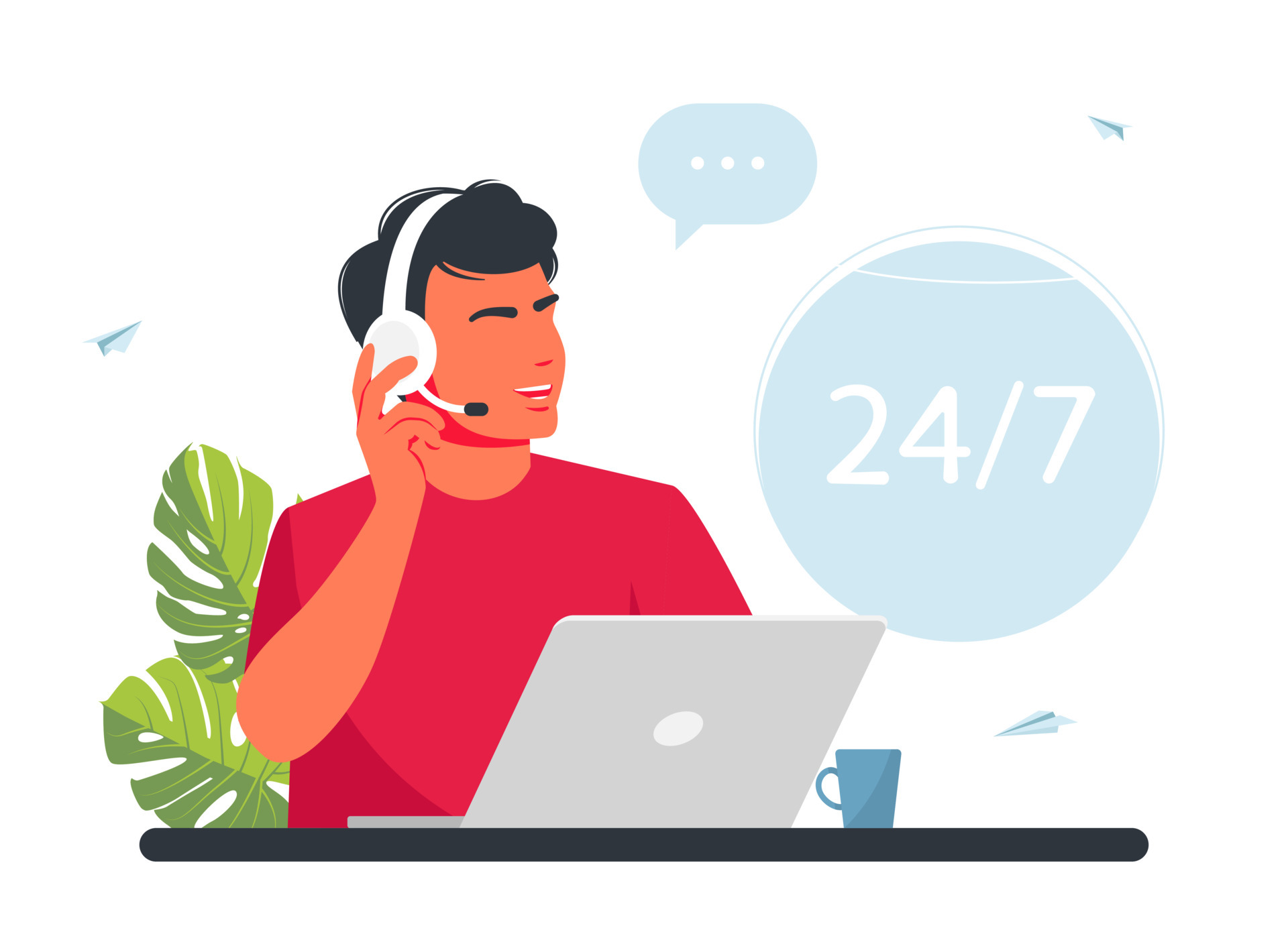In the not-so-distant past, operator assistance was an integral part of the telephone experience. Imagine a world without readily available directory listings or easily dialed long-distance numbers. Operator assistance, facilitated by dedicated professionals at the phone company, played a crucial role in connecting callers to their desired destinations. This in-depth guide delves into the history and evolution of operator assisted calls, explores their continued relevance in today’s telecommunication landscape, and equips you with the knowledge to navigate situations where operator assistance might still be your best option.

A Journey Through Time: The Historical Significance of Operator Assistance
The concept of operator assistance dates back to the late 19th century, with the invention of the first commercial telephone exchanges. Operators, often women due to societal expectations of the time, were highly skilled individuals responsible for manually connecting callers by physically plugging jacks into switchboards. Their duties encompassed:
- Placing Local and Long-Distance Calls: Upon receiving a call request, the operator would determine the desired number, identify the appropriate route, and physically establish the connection between the caller and recipient.
- Information Services: Operators served as human directory assistance, providing callers with phone numbers that weren’t readily available in personal directories.
- Toll Billing and Call Completion: Operators managed call routing, ensured proper charges were applied for long-distance connections, and relayed information regarding call status, such as busy signals or unanswered lines.
The Rise of Automation and the Decline of Traditional Operator Assistance
The invention of the rotary dial phone in the early 20th century marked a shift towards subscriber self-service. Subsequently, direct dial long-distance services emerged, allowing callers to bypass operators and directly connect to distant phone numbers. The widespread adoption of digital switching technology in the latter half of the 20th century further marginalized the role of traditional switchboard operators.
Beyond Nostalgia: The Enduring Relevance of Operator Assisted Calls
While the prevalence of operator assistance has undeniably diminished, it hasn’t entirely vanished. Here’s a breakdown of situations where operator assistance remains a valuable, and sometimes necessary, service:
- International Calling: For calls to certain international destinations, particularly those in developing countries or with less developed telecommunication infrastructure, operator assistance might still be required to connect calls successfully.
- Specialized Services: Certain industries or services, like collect calls, calling cards, or person-to-person calls (connecting with a specific named individual), might necessitate operator intervention to facilitate the connection process.
- Technical Difficulties: If you encounter persistent technical issues while attempting a call, such as repeated busy signals or dropped calls, reaching an operator for troubleshooting assistance can be a viable option.

Modern Manifestations: Reimagining Operator Assistance in the Digital Age
While the physical switchboards and human operators of yesteryear are largely a relic of the past, the essence of operator assistance has evolved and adapted to the digital age. Here are contemporary examples of operator assisted services:
- Automated Operator Systems: Interactive voice response (IVR) systems have emerged as a modern form of operator assistance. These automated systems utilize voice menus and prompts to guide callers through self-service options, potentially connecting them to specific departments or individuals within an organization.
- Live Chat Support: Many companies now offer live chat support options on their websites. These real-time chat interactions with customer service representatives can fulfill a similar function to traditional operator assistance, providing assistance with call routing, general inquiries, or troubleshooting technical difficulties.
- Virtual Assistant Technologies: The rise of virtual assistant technologies like Siri, Alexa, or Google Assistant offers a voice-activated approach to communication assistance. While not directly connecting calls, these AI-powered tools can help users find phone numbers, initiate calls through integrated features, or manage call forwarding options.
Navigating the Options: Selecting the Right Form of Operator Assistance
The most suitable form of operator assistance depends on the specific situation and the communication technology available to you. Here’s a breakdown to guide your decision:
- For International Calls: If unsure about dialing procedures for a specific international destination, consult your phone carrier’s website or dial the international operator assistance code (typically “011” in North America) to connect with an operator who can guide you through the process.
- For Specialized Services: If you require collect calls, calling card services, or person-to-person connections, consult your phone carrier’s information or dial the designated service code (e.g., collect call codes might begin with “0+” or “1+”) to initiate a call and potentially connect with an operator for assistance.
For Technical Difficulties: If you encounter persistent technical issues while attempting a call, consider the following options:
- Dial “611” from your Verizon phone:This code connects you directly to Verizon customer service representatives who can troubleshoot call connection problems and potentially escalate the issue for further investigation if necessary.
- Restart your phone:A simple phone restart can sometimes resolve temporary glitches that might be hindering call completion.
- Check your network coverage:Ensure your phone has a strong signal. Operator assistance won’t necessarily rectify issues stemming from weak network connectivity.
A Fading Echo: The Future of Operator Assisted Calls
As technology continues to evolve, the future of operator assisted calls remains uncertain. However, the core principles of facilitating communication and connecting callers to the right destinations are likely to persist. We might witness further refinement of automated operator systems, integration of AI-powered virtual assistants into mainstream communication platforms, and a continued emphasis on live chat support options for real-time assistance.
Conclusion: A Legacy of Service and a Look Towards the Future
Operator assisted calls, while not as ubiquitous as they once were, continue to hold a place in the telecommunication landscape. Understanding the historical context, recognizing their continued relevance in specific situations, and navigating the various forms of operator assistance available empowers you to make informed decisions and utilize these services effectively. As technology advances, the essence of operator assistance will likely adapt and evolve, ensuring continued support for communication needs in the ever-changing digital world.
Disclaimer: The information provided in this guide is for general informational purposes only and does not constitute professional advice. Always refer to your phone carrier’s official resources for the latest information regarding international calling procedures, dialing codes for specialized services, troubleshooting steps for technical difficulties, and availability of operator assistance options.
By delving into the world of operator assisted calls, appreciating their historical significance, and acknowledging their continued relevance in specific circumstances, you become a more informed and resourceful user of communication technologies. This knowledge empowers you to navigate the nuances of connecting calls, troubleshoot technical difficulties, and ultimately, ensure seamless communication in a world brimming with diverse communication options.
لا تعليق